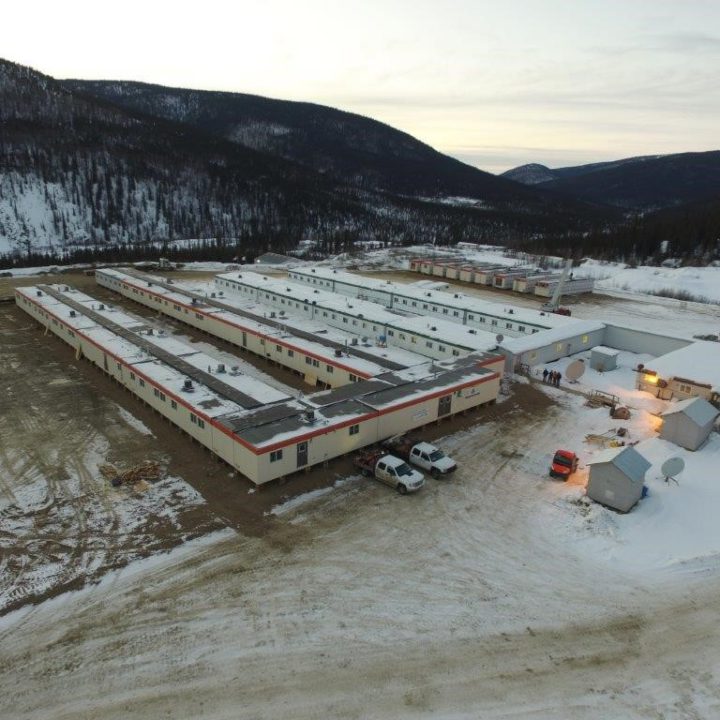
The Eagle mine, 375 km north of Whitehorse, became the Yukon’s newest gold mine when it reached commercial production in July 2020. Eagle is forecast to produce an average of 210,000 oz. gold a year over ten years.
The loan facility has an interest rate ranging from 3% to 4% over LIBOR, or US dollar base rate loans, with an interest rate ranging from 2% to 3% over the US base rate, each based on the company’s leverage ratio and other terms and conditions.
Eagle is forecast to produce an average of 210,000 oz. gold a year over ten years
“The loan facility features substantially lower interest rates which is anticipated to reduce carrying costs by approximately 50% in 2021,” John McConnell, Victoria Gold’s president and CEO, said in a Dec. 18 news release, adding that it also provides “notably improved flexibility headlined by the ability to draw and repay the revolving credit facility as required and more latitude with respect to permitted distributions including investments, share buybacks and dividends.”
McConnell also pointed out that prior to repaying the project facilities, Victoria Gold had paid over $54 million in principal and interest against the original project construction facilities, and said the company expects to generate enough free cash flow to continue to pay down “material amounts of debt during calendar 2021.”
The company says the term facility will be repaid in 12 equal quarterly installments starting at the end of the first quarter of this year. Any outstanding amounts on the revolving credit facility will repayable as a bullet on the maturity date, which is extendable, and any unused portion is subject to customary commitment fees. The loan facility matures in December 2023.
The company, which was added to the VanEck Vectors Junior Gold Miners ETF (GDXJ) in mid-December, also recently announced drill results from its 555 sq. km Dublin Gulch property, which hosts the Eagle and Olive gold deposits. (The Eagle and Olive deposits have proven and probable reserves of 155 million tonnes grading 0.65 gram gold per tonne for 3.3 million ounces.
In early December, Victoria Gold reported its first exploration results from its Lynx target, one of several areas of interest along the Potato Hills Trend, which hosts a mineralized corridor within the greater Dublin Gulch gold camp.
The results included four diamond drill holes (590 metres) and six trenches (720 metres) and the collection of more than 1,600 grid based soil geochemical samples.
Highlights from the drilling were 0.49 gram gold per tonne over 153.8 metres from surface in drillhole LX20-021C, including 6.14 grams gold per tonne over 8.4 metres from 23.3 metres; and 11.9 metres grading 1.26 grams gold from surface in drillhole LX20-022C, including a 13.5 metre intercept of 1.12 grams gold starting from 141.3 metres downhole.
Results from trenches included 4.65 grams gold over 32 metres and 1.35 grams gold over 80 metres in TRLX20-5; 3.33 grams gold over 16 metres in TRLX20-4; and 1.62 grams gold over 46 metres in TRLX20-1.
The Lynx target has similar characteristics to the company’s Raven target, about 5 km away.
Victoria Gold has a market capitalization of about C$792 million. It has about 62 million common shares outstanding and at presstime was trading at $12.80 per share. Over the last year the company has traded in a range of $4.02 and $21.04 per share.
(This article first appeared in The Northern Miner)




